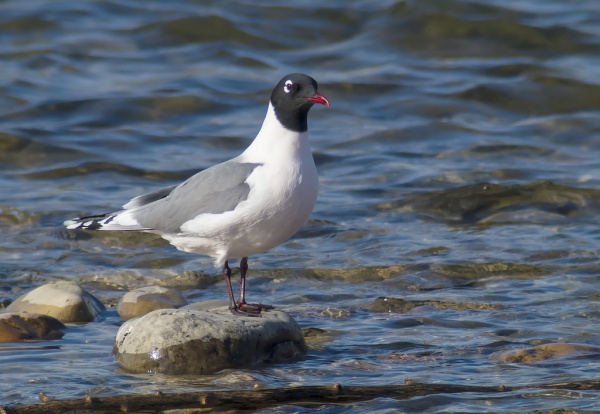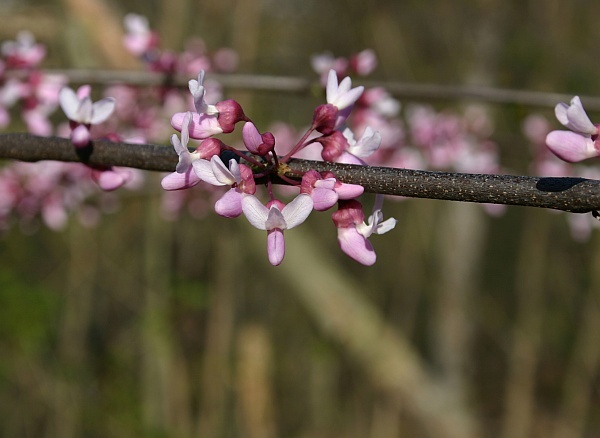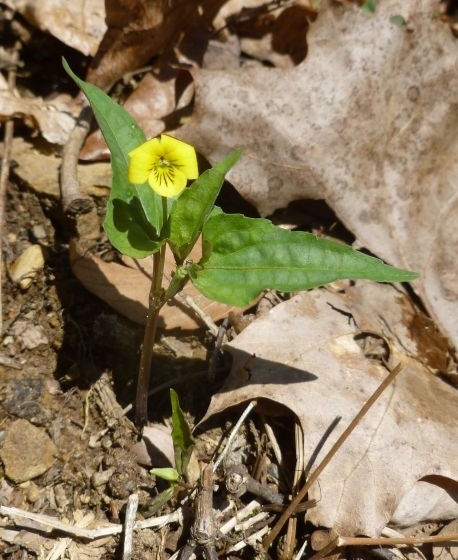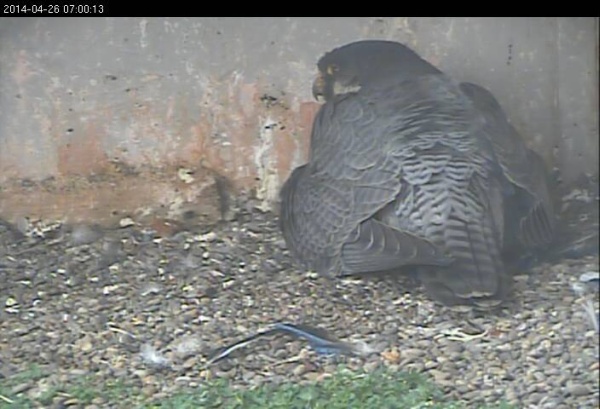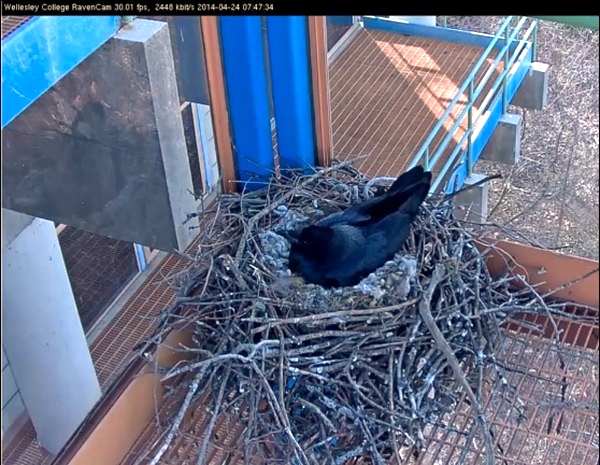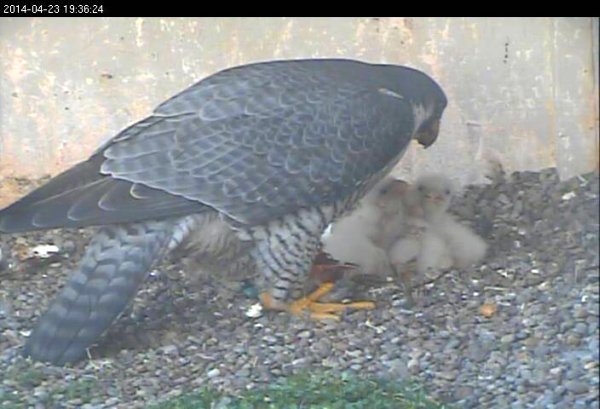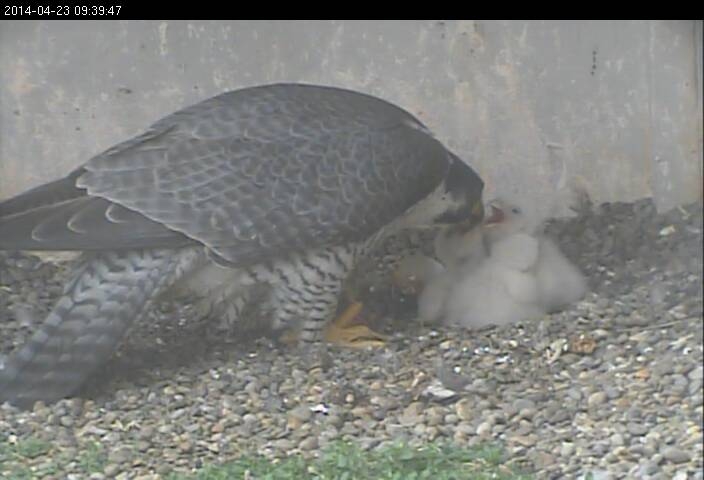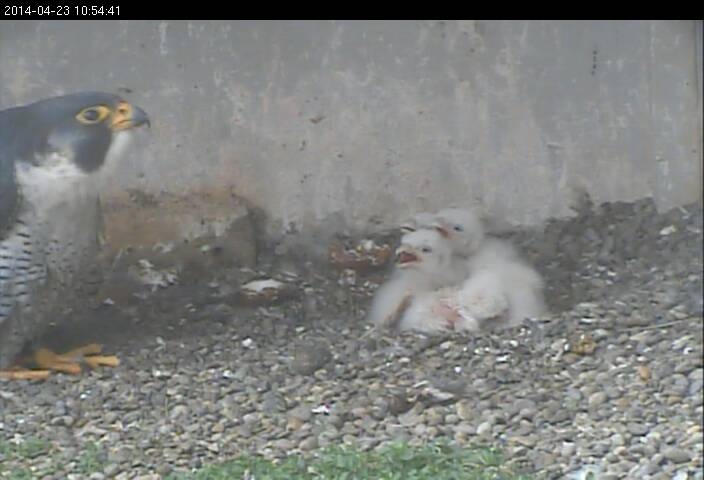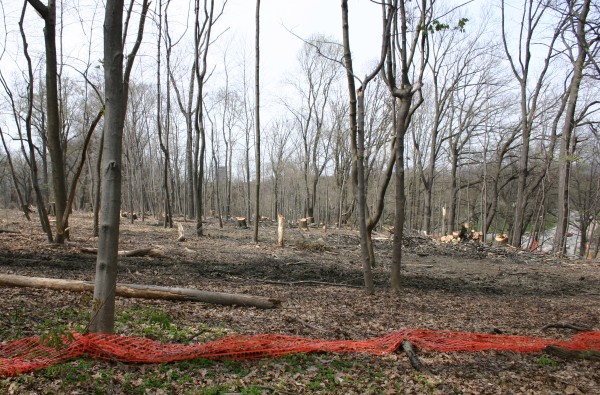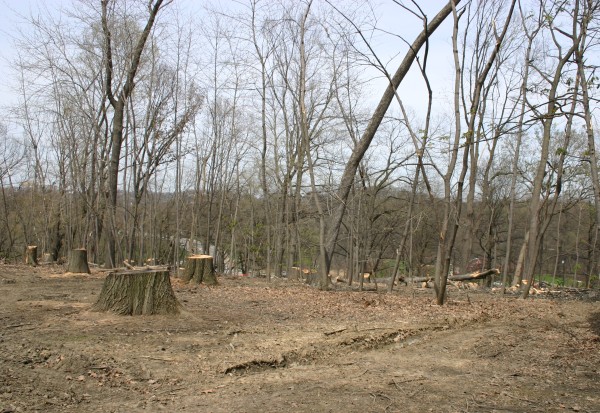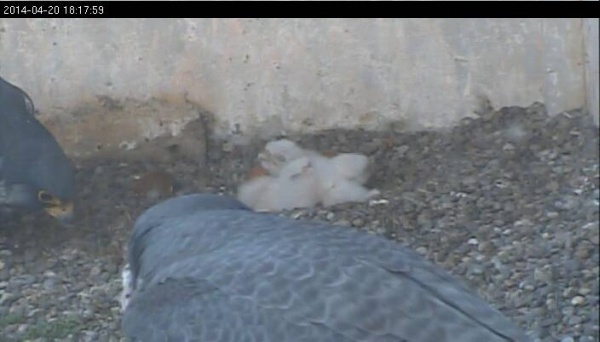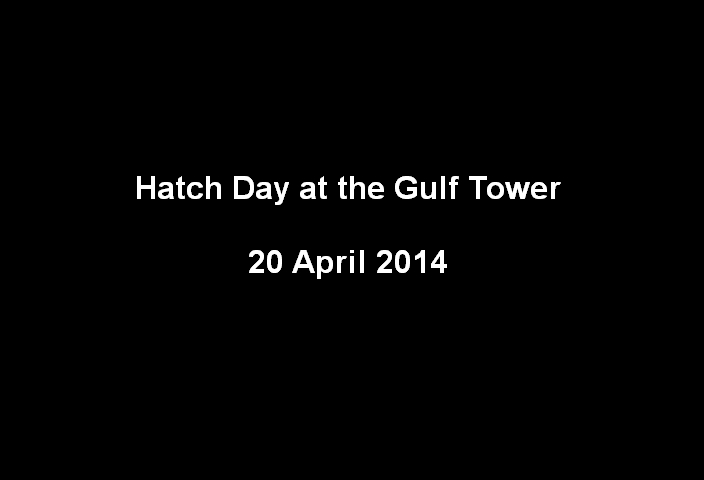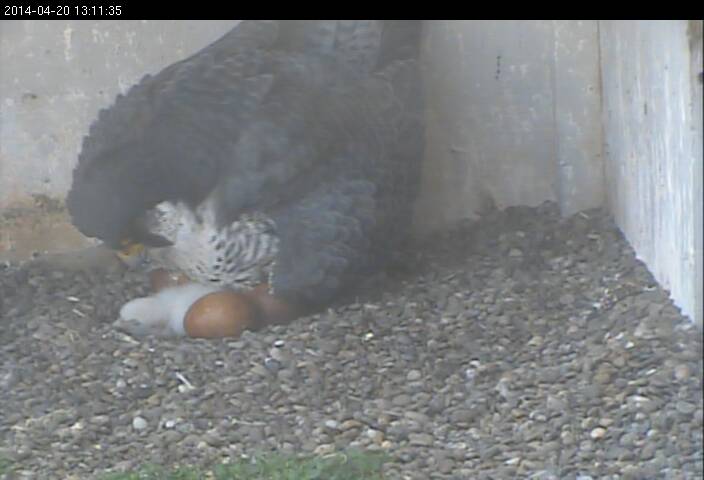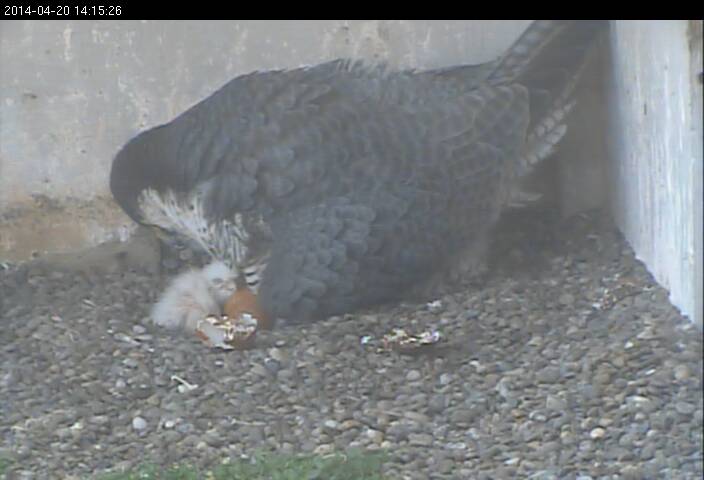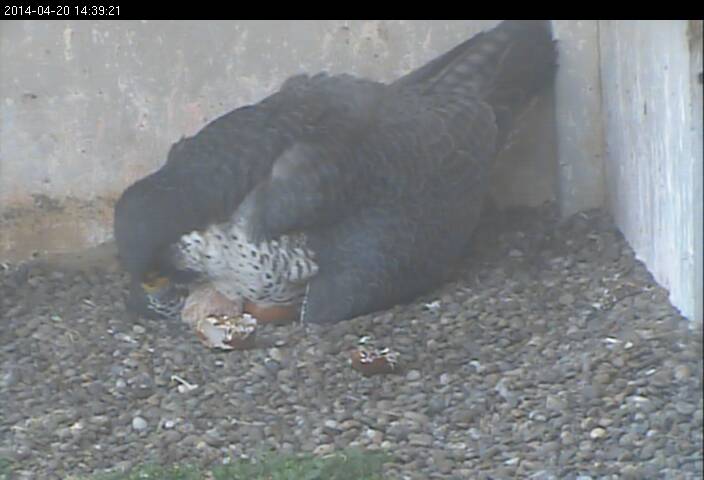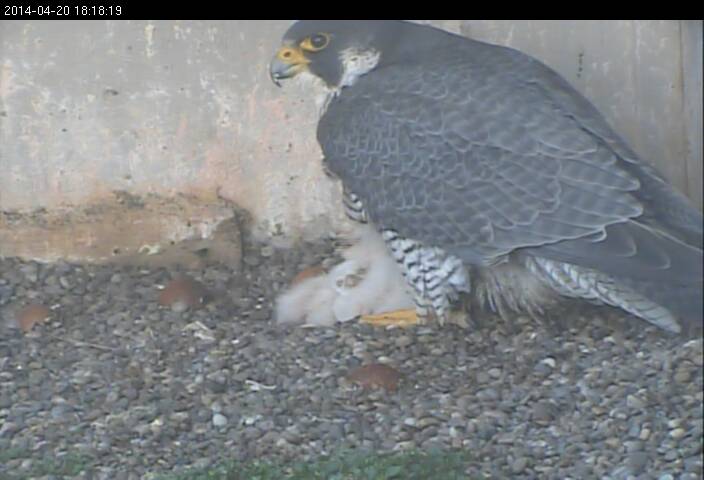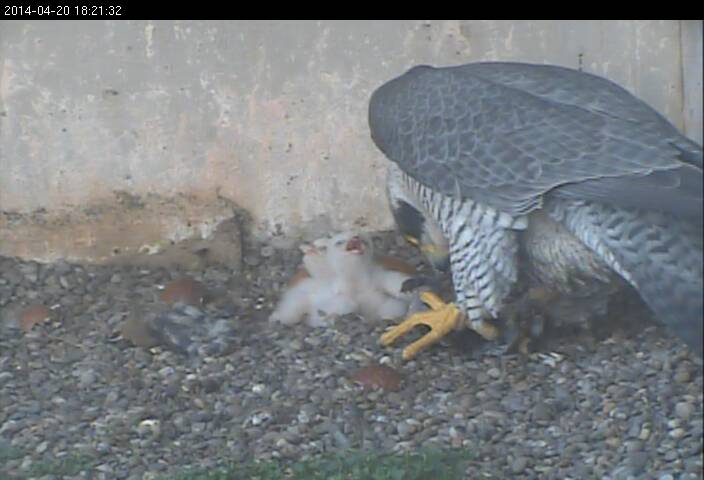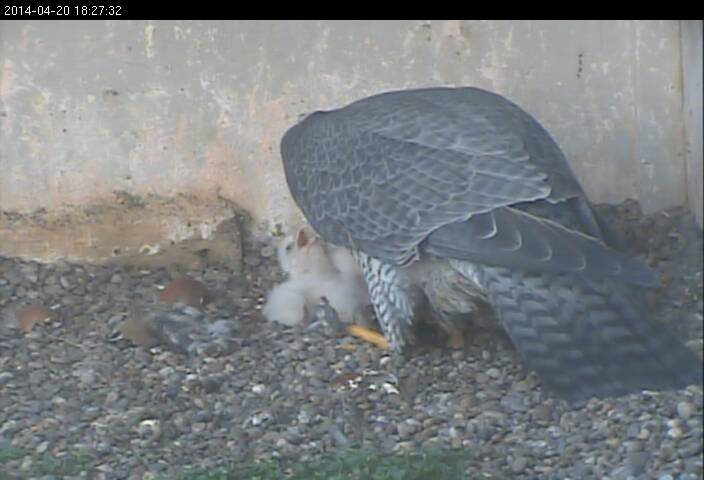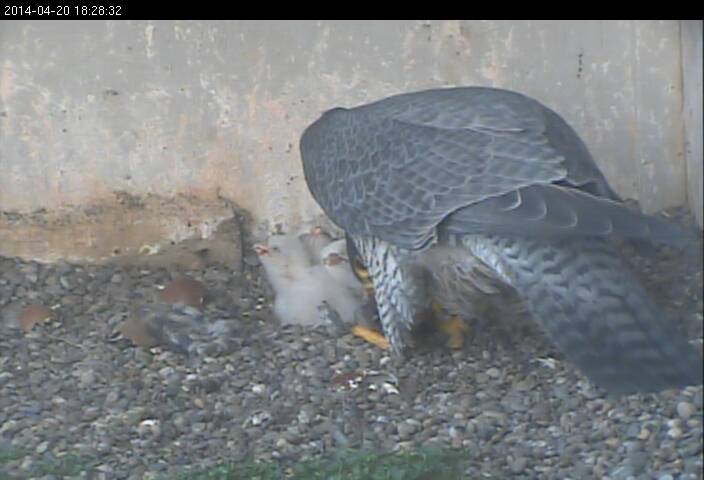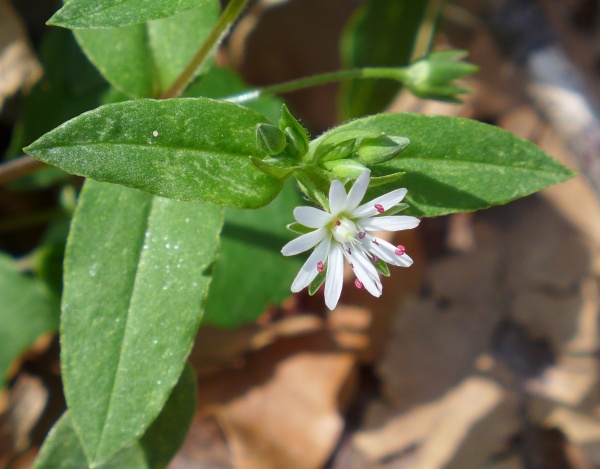
30 April 2014
While it feels like it’s been raining forever, last weekend’s weather was sunny and so were the flowers. Here’s a selection I found at Raccoon Creek Wildflower Reserve and Friendship Hill National Historic Site on Saturday and Sunday.
Above, a very close look at Great Chickweed (Stellaria pubera), also called Star Chickweed. The flower is only 1/2″ across and it has only five petals but they’re so deeply cleft that they look like ten.
Below, inch-long Virginia bluebells (Mertensia virginica) in bloom at Raccoon Wildflower Reserve. I love how they change color as they open.
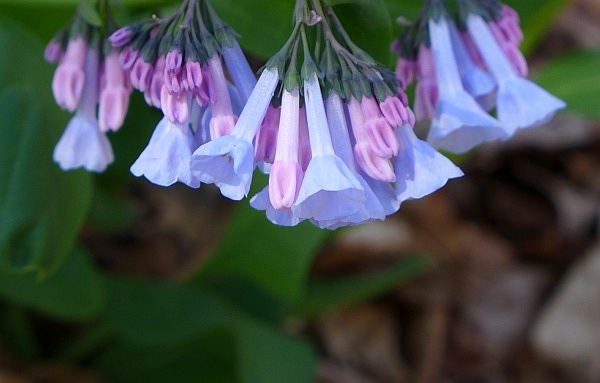
Toad Trillium or Toadshade (Trillium sessile) is rarely seen from this angle because the plant is only four inches tall. (I got muddy taking this picture.) The dark, closed petals look boring from above but graceful from the side. Perhaps they open like this so the pollen can disperse more easily. It’s dusting the leaf at front left.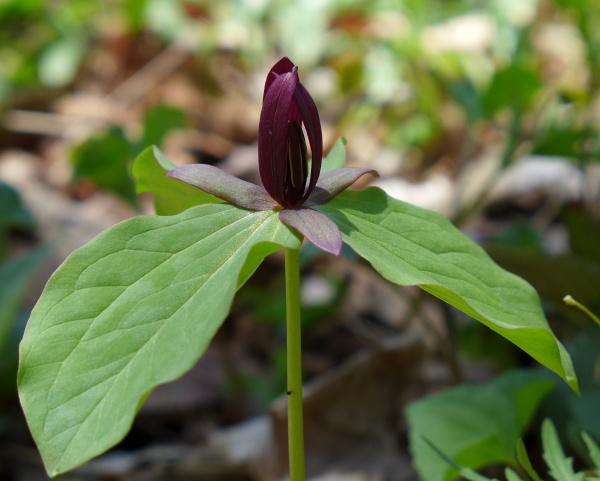
Today’s April showers will bring May flowers. It’s hard to believe that May begins tomorrow.
(photos by Kate St. John)
